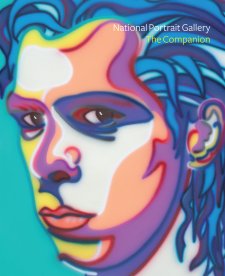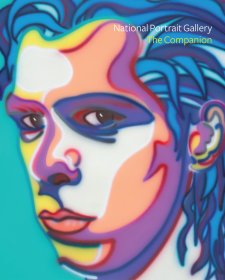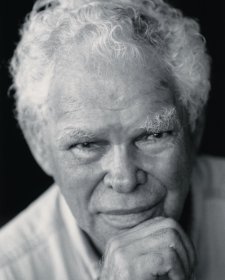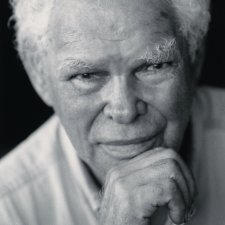- About us
- Support the Gallery
- Venue hire
- Publications
- Research library
- Organisation chart
- Employment
- Contact us
- Make a booking
- Onsite programs
- Online programs
- School visit information
- Learning resources
- Little Darlings
- Professional learning
Mandawuy Yunupingu (1956-2013), singer songwriter, was the lead singer of Australia's pre-eminent Aboriginal band, Yothu Yindi. Born in Arnhem Land, Yunupingu trained as a teacher, completing his degree in 1987 and later becoming the first Indigenous Australian to be appointed a school principal. He formed Yothu Yindi in 1986. Combining traditional instruments, songs and sounds with western rock and pop, the band achieved international recognition with their second album Tribal voice (1991) and specifically with the hit single 'Treaty'. Co-written with Paul Kelly and performed at the launch of the UN's International Year of Indigenous Peoples, 'Treaty' reached No. 11 on the Australian charts and was voted Song of the Year by the Australian Performing Rights Association. Yunupingu retired from teaching in 1991 and toured with the band throughout the 1990s while continuing his work in supporting and promoting Aboriginal rights and culture. He was a member of bodies such as the Yothu Yindi Foundation and the Reference Group Overseeing the National Review of Education for Aboriginal and Torres Strait Islander Peoples. He was named Australian of the Year in 1993. Yunupingu died of kidney disease in June 2013, six months after Yothu Yindi were inducted into the ARIA Hall of Fame.
Collection: National Portrait Gallery
Gift of the artist 2005
© John Elliott
John Elliott (19 portraits)



On one level The Companion talks about the most famous and frontline Australians, but on another it tells us about ourselves.



John Elliott talks about his photographic portrait practice, including his iconic image of Slim Dusty arm-in-arm with Dame Edna Everage.



The Australian of the Year Awards have often provoked controversy about who is selected and whether their achievements are remarkable.